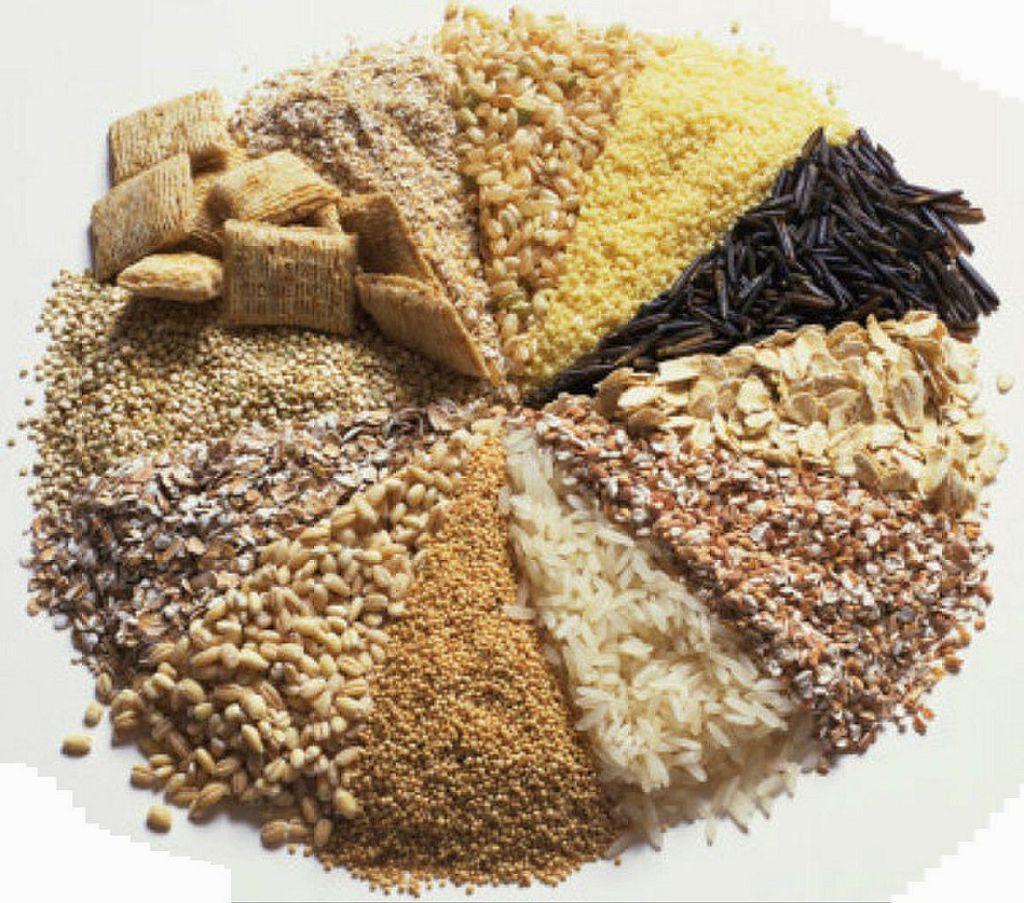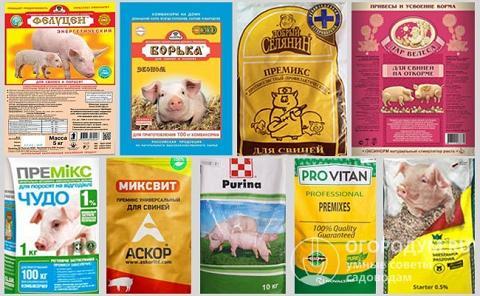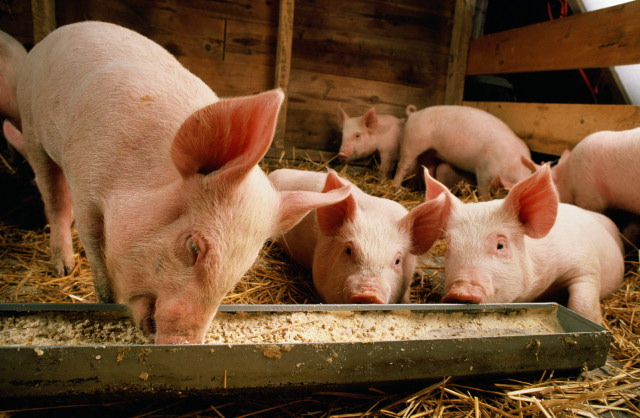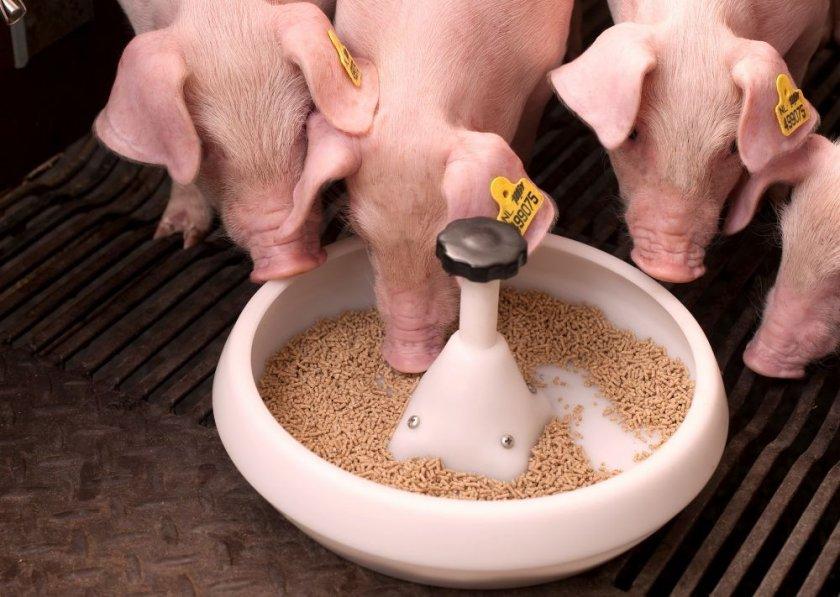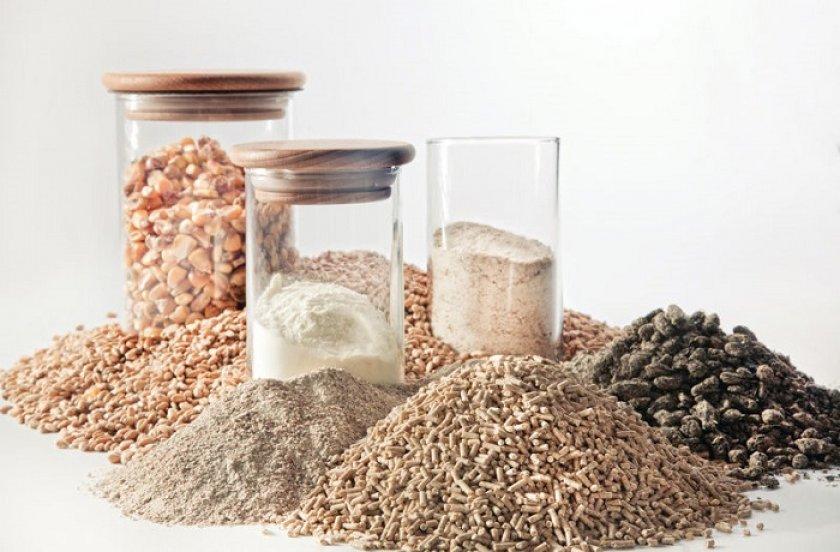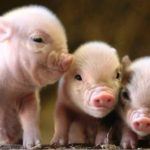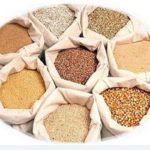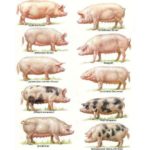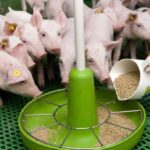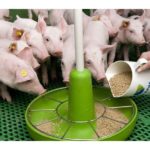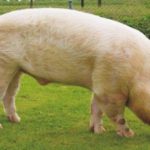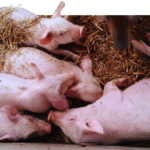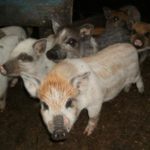People involved in livestock farming need to have information about premixes for pigs. These are special biological additives that can improve the taste of food and provide it with vitamin and mineral components. It is important to know what types of premixes exist, what they are based on, and what their advantages and disadvantages are.
What is a premix and what is its benefit?
Every farmer expects to make a profit from breeding piglets and pigs. Therefore, the meat of these animals should have the best properties.Biological additives called premixes have been developed specifically for these purposes. The term “premix” itself combines two Latin words. “Pre” literally means “preliminarily”, and “Mix” means “to mix”.
Consequently, it is a filler for animal feed containing a specially selected complex of vitamins, minerals or a combination of both components. Supplements can be mineral, vitamin or combined. The mixtures additionally contain amino acids. Wheat bran is often used as a premix filler for pigs. This choice is due to the fact that it is a product with a uniform structure in which the remaining components are easily dissolved.
There are different types of dietary supplements for piglets up to ten weeks of age, young fattening pigs, sows and mature boars.
High-quality premixes for pigs have a number of useful qualities. They are capable of:
- increase the productivity of sows;
- improve offspring survival rates;
- ensure the birth of strong and healthy piglets;
- protect young animals from infectious diseases of the gastrointestinal tract;
- positively influence the process of assimilation of valuable nutrients contained in feed;
- accelerate the adaptation of young animals to new types of pork feed;
- improve the process of absorption of important nutrients, as a result of which the total feed consumption can be reduced by up to 30%;
- constantly cleanse the animals’ bodies of toxic substances that penetrate during food intake;
- activate the metabolic process;
- have a healing and strengthening effect;
- reduce the level of susceptibility to diseases and strengthen the immunity of pigs;
- increase growth regularly.
Advantages and disadvantages
There are advantages and disadvantages to pig feed additives that every farmer needs to be aware of.
If the product is of high quality, proven and reliable, it has the following advantages:
- accelerating the growth of individuals and improving the quality of meat;
- optimal dosage of components necessary for the pigs’ body;
- excellent taste and quality of food;
- the ability to control its consumption depending on the needs of the animal;
- improving the general condition of the pig population without increasing the cost of special feed;
- increasing the capabilities of the livestock immune system in the fight against the development of pathogenic microorganisms.
Disadvantages appear only when the technological processes for the production of premixes for pigs are violated. A product becomes not only useless, but also dangerous if its components begin to disintegrate.
Vitamin and chemical composition
There are three categories of premixes for pigs:
- full (combined);
- vitamins;
- vitamin and mineral.
The premix can contain up to thirty components. These include vitamins, minerals and protein.
The vitamin premix includes the following vitamins:
| Vitamin name | Purpose and useful properties |
| A | Good for visual acuity. Promotes the proper development of intestinal mucous membranes. Ensures the birth of a strong and healthy offspring |
| Niacin (PP or B3) | In female pigs it enhances lactation. It also activates proper carbohydrate metabolism. |
| D | Necessary in the prevention of skeletal and joint deformities. Helps to better absorb phosphorus and calcium, distributing it evenly throughout bone tissue. |
| E | Used for preventive purposes against fertility and muscle weakness. Necessary for the integrity of mucous and epithelial tissues.Forms strong immunity to common diseases. |
| K | Ensures proper growth of animals. Makes bones strong and healthy, prevents blood clotting and helps prevent obesity in pigs. |
Mineral premixes contain:
- iron (helps to better transport blood in the body of pigs);
- copper (synthesizes hemoglobin and forms healthy bone tissue);
- zinc (activates the fermentation of food entering the intestines);
- cobalt (synthesizes vitamin B12 and protects against anemia);
- selenium (destroys toxic substances);
- iodine (activates the process of thyroxine production, prevents weakness of piglets).
Additional components may include:
- amino acids necessary for the formation of muscle tissue;
- enzymes that increase the nutritional value of feed.
- feed antibiotics Salinomycin and Avilomycin, which stimulate weight gain and growth.
The best manufacturers
Many agricultural enterprises are engaged in the industrial production of premixes for pigs. The following are recognized as reputable manufacturers:
- "Karital-PROK";
- "Miagro";
- "BioPro".
Selection rules
When choosing a premix for fattening pigs, you need to remember the rules. First of all, you should take into account the reputation of the manufacturing company. When purchasing, it is advisable to request a quality certificate for the product.
Criterias of choice:
- type of premix;
- purpose;
- the effect provided.
When choosing premixes for piglets, you need to pay attention to the composition. The required components of such products must be:
- vitamins A, B, D and K;
- calcium, zinc, iodine, phosphorus and other trace elements;
- supplements that help the growing body absorb nutrients. These may be carotenoids, amino acids and antioxidants.
Tips for use
The premix for pigs must be used strictly according to the instructions indicated on the package. There are also a few tips to consider:
- Heat treatment of the premix is not allowed, since as a result of such exposure, vitamins decompose. Additives should be added to food that has cooled to room temperature.
- Do not exceed the norms and dosages indicated on the product packaging. The animal body is not able to absorb double doses of substances.
- Premix and feed must be made by trusted manufacturers.
- Initial dosages should be minimal, with gradual increases.
- It is unacceptable to use premixes that do not correspond to the age and physical condition of the animal.
- Supplements that have expired cannot be used, as vitamins are not stored in them.
- The frequency of use of additives is 1-2 times a day.

